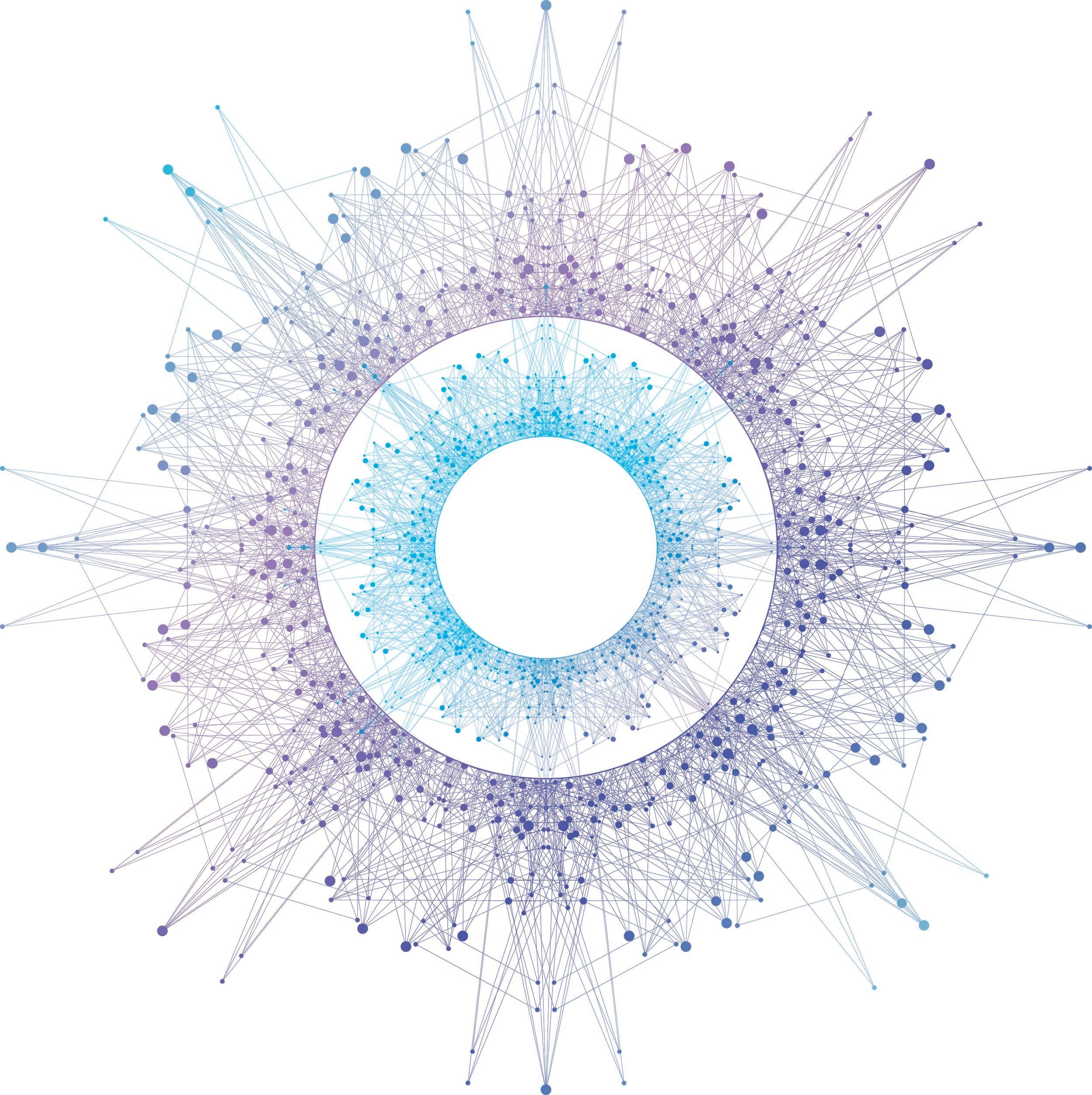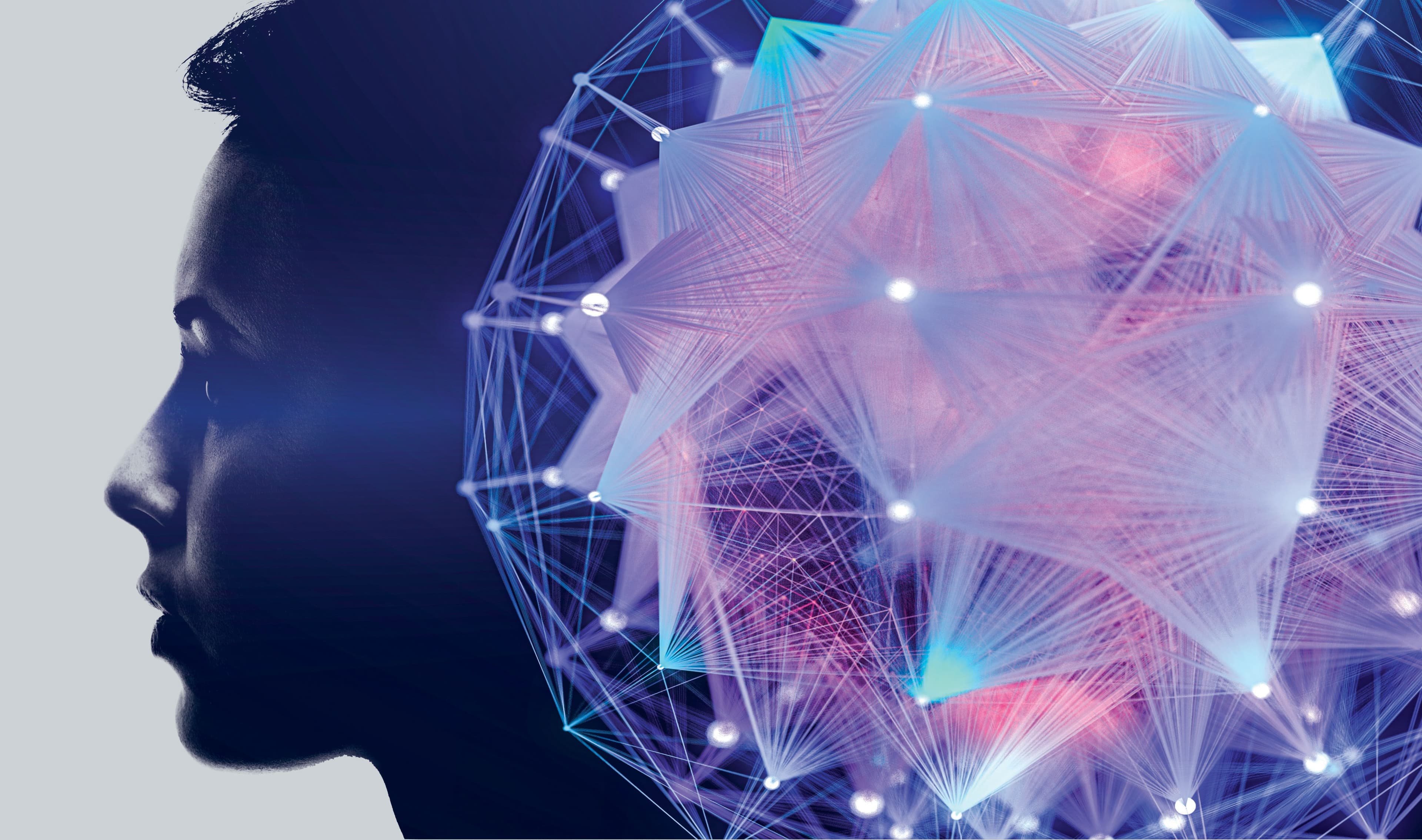


How can organizations harness the power of artificial intelligence? Learn where it’s practical and how it can fall short.
Artificial intelligence was initially met with skepticism by the average consumer. While naysayers doubted practical application of the technology, it was continuously improving in the background.
The business payoff has been greatest in marketing and sales. In fact, AI adoption has led to revenue increases for 79% of those departments, according to a November 2020 survey by McKinsey & Company.
Early AI had rigid rules that made it good enough to do something like play a game of chess but was too inflexible to do much practical good for a business, says Steve Nowlan, senior vice president of decision sciences at Epsilon.
“People realized that it really doesn’t work to write out all the rules that make a person smart and then try to stuff them into a computer,” he explains. “You really have to do it the way humans do it—you have to learn. And you need to learn from a constant flow of data.”
Nowadays, a machine-learning system could, for example, examine behavior patterns for a large customer base and offer purchase predictions. But those predictions are not a one-and-done affair. After a certain amount of time, they will be out of date, so the system should never stop consuming new information and offering fresh insights.
“For all practical systems, AI is more of an enabling technology that’s solving some other business problem.” –Steve Nowlan, Senior Vice President of Decision Sciences, Epsilon

For marketers, a properly integrated machine-learning system can optimize everything from purchase patterns to human-driven creative material. But even as more businesses adopt AI, there remains confusion about its potential to improve revenue and decrease costs. Nowlan offers a look at the ideal uses of AI marketing, as well as some myths and misconceptions.
Steve Nowlan: I commonly run into two sets of what I’ll call misconceptions. One—which I don’t run into as often anymore—is that AI in digital marketing is magic. It’s going to tell you the best possible marketing plan and also guarantee a great ROI.
The other is AI as a product: We’re going to sell you an AI system, and it’s going to make your marketing better on its own. Neither of those are really accurate.
AI is at the center of everything we do. We use machine learning to constantly update identity. We use machine learning to build profiles and create models that predict what people are going to do, what they’re going to buy, even in some cases what kinds of images they’re going to respond to most strongly.
We use AI in marketing to manage and optimize the delivery of impressions—to actually make a campaign as efficient and the return on that campaign as great as possible. I think for all practical systems, AI is more of an enabling technology that’s solving some other business problem.

Nowlan: I strongly believe people need to prioritize their use of AI in digital marketing in terms of dynamic, or always-on, systems.
I’ll give a simple example. With a machine-learning system, you can try to predict what a person is likely to purchase and when they’re likely to purchase based on prior history.
A static way of doing that is to look at a person, take two years’ worth of their purchase history and browsing history and all those kinds of things, and apply a model to all that data. Then you get a prediction of what that person is going to buy. And that prediction might be reasonably accurate for two or three weeks. But by the time six months have rolled by, it’s going to be extremely inaccurate. You are going to have to be constantly updating that model.
For looking at what a person is likely to buy and when they’re likely to purchase, our dynamic models are usually updated at least weekly—but some of the data they operate on is updated almost instantaneously.
A prediction will change based on what somebody is currently browsing on a website. The system can make a decision based on that realtime signal, and that’s when AI in marketing gets powerful. If we look at the first half of 2020, we had a perfect time to see this effect. The predictions our models were making in January were completely changed by the time March or April rolled around. The models just followed consumer behavior and immediately picked up on that.
Not surprisingly, you saw a huge shift to more use of online channels. You also saw a shift to, in many cases, more periodic purchases that were repetitive—almost like a restocking behavior.
Nowlan: We can actually use it to better align creative options with different customers. By showing them alternatives and tracking how they respond, you can get a sense of which kinds of advertisements a consumer is more likely to respond to. So if there are people who are more likely to respond to promotions, there are other people who are far more likely to respond to a thematic or emotional appeal.
“If you have a signal that you’re trying to optimize, and you get feedback about it, you can almost always get a stronger response over time.” –Steve Nowlan, Senior Vice President of Decision Sciences, Epsilon

You also can optimize spend across multiple channels. We dynamically reallocate budgets to get a greater overall return by adjusting the amount spent in channel A versus channel B.
Generally, any task where you’re trying to either make a prediction or optimize a clear KPI, all of those fit well. If you have a signal that you’re trying to optimize, and you get feedback about it, you can almost always get a stronger response over time.
Nowlan: In my mind, it’s actually a pretty clean separation. The human part of marketing and advertising is, at the end of the day, the actual message. It’s what the person sees or hears. And that is still a creative-driven, human process.
What machine learning is good at is making decisions like, “If you have five or six different creative options, which of those fit this particular individual?” And trying to decide that for several million people is not a task that a human can do easily.
Nowlan: Absolutely. That’s maybe a good way to understand how to put these two together. Coming up with the different messages and how they should be targeted, that’s very creative. But once that creative is created, looking at how people respond to it very systematically in real time, that’s a perfect example of how machine learning helps.
Nowlan: That’s a pretty easy answer because the marketer should look for exactly what they think they should look for.
They should look for ROI. They should measure it directly. They should look at things like, what is the return on ad spend? How many conversions do I get? What is the cost of each of those conversions? What is the cost per new customer? How many new customers are buying in this new category that I want to dive into?
Everything for us is outcome-oriented at the individual level. You shouldn’t just be buying AI as a marketing tool. You should be using AI in marketing to improve your real KPIs.
Image credits: Mr.Cole_Photographer / Moment / Getty Images
Jesse Records / Eyeem / Getty Images
Berya113 / Istock / Getty Images Plus